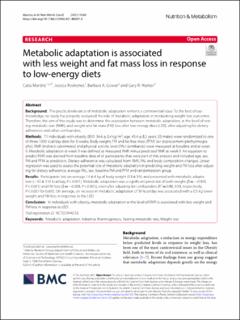| dc.contributor.author | Fahrenberg, Uli | |
| dc.contributor.author | Johansen, Christian | |
| dc.contributor.author | Trotter, Christopher A. | |
| dc.contributor.author | Ziemiański, Krzysztof | |
| dc.date.accessioned | 2022-11-02T08:03:40Z | |
| dc.date.available | 2022-11-02T08:03:40Z | |
| dc.date.created | 2021-08-10T16:52:13Z | |
| dc.date.issued | 2021 | |
| dc.identifier.citation | Logical Methods in Computer Science. 2021, 17 (2), 1-32. | en_US |
| dc.identifier.issn | 1860-5974 | |
| dc.identifier.uri | https://hdl.handle.net/11250/3029483 | |
| dc.description.abstract | We give a formalization of Pratt's intuitive sculpting process for higher-dimensional automata (HDA). Intuitively, an HDA is a sculpture if it can be embedded in (i.e., sculpted from) a single higher dimensional cell (hypercube). A first important result of this paper is that not all HDA can be sculpted, exemplified through several natural acyclic HDA, one being the famous "broken box" example of van Glabbeek. Moreover, we show that even the natural operation of unfolding is completely unrelated to sculpting, e.g., there are sculptures whose unfoldings cannot be sculpted. We investigate the expressiveness of sculptures, as a proper subclass of HDA, by showing them to be equivalent to regular ST-structures (an event-based counterpart of HDA) and to (regular) Chu spaces over 3 (in their concurrent interpretation given by Pratt). We believe that our results shed new light on the intuitions behind sculpting as a method of modeling concurrent behavior, showing the precise reaches of its expressiveness. Besides expressiveness, we also develop an algorithm to decide whether an HDA can be sculpted. More importantly, we show that sculptures are equivalent to Euclidean cubical complexes (being the geometrical counterpart of our combinatorial definition), which include the popular PV models used for deadlock detection. This exposes a close connection between geometric and combinatorial models for concurrency which may be of use for both areas. | en_US |
| dc.language.iso | eng | en_US |
| dc.publisher | EPI Sciences | en_US |
| dc.rights | Navngivelse 4.0 Internasjonal | * |
| dc.rights.uri | http://creativecommons.org/licenses/by/4.0/deed.no | * |
| dc.title | Sculptures in concurrency | en_US |
| dc.title.alternative | Sculptures in concurrency | en_US |
| dc.type | Peer reviewed | en_US |
| dc.type | Journal article | en_US |
| dc.description.version | publishedVersion | en_US |
| dc.source.pagenumber | 1-32 | en_US |
| dc.source.volume | 17 | en_US |
| dc.source.journal | Logical Methods in Computer Science | en_US |
| dc.source.issue | 2 | en_US |
| dc.identifier.doi | 10.1186/s12986-021-00587-8 | |
| dc.identifier.cristin | 1925181 | |
| cristin.ispublished | true | |
| cristin.fulltext | original | |
| cristin.qualitycode | 1 | |

